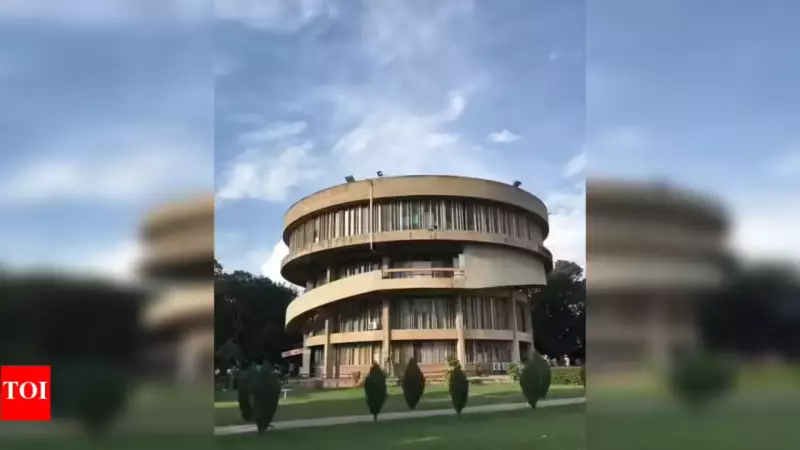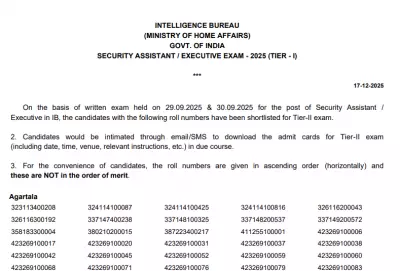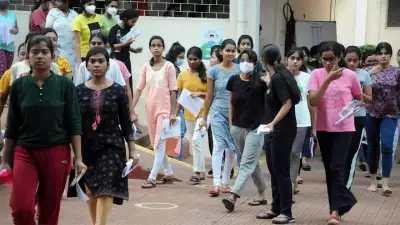
In a historic move that marks the end of an era, Panjab University graduates have overwhelmingly voted to dismantle the institution's 75-year-old governing structure. The traditional Senate and Syndicate system, which has guided the university since its inception, will now be replaced by a modern Central Governance System.
The End of an Era in University Administration
The voting process, which concluded recently, saw participation from thousands of PU graduates who cast their ballots to determine the future of their alma mater's administrative framework. The results signal a clear mandate for change and modernization in how one of North India's most prestigious universities is governed.
What Changes Now?
The newly approved Central Governance System represents a significant shift from the traditional bicameral structure. Under the new framework:
- The Senate and Syndicate will be dissolved entirely
- A centralized governing body will take over administrative functions
- Decision-making processes are expected to become more streamlined
- The system aims to enhance efficiency and contemporary governance practices
Why This Matters for Indian Higher Education
This landmark decision positions Panjab University as a pioneer in educational reform. The move away from colonial-era administrative structures toward a more centralized system could set a precedent for other universities across India facing similar governance challenges.
The voting process itself was noteworthy, with graduates from various batches and disciplines participating in shaping their university's future. This democratic approach to institutional reform demonstrates the evolving nature of higher education governance in India.
Looking Ahead: The Implementation Phase
With the vote concluded, attention now turns to the implementation of the new Central Governance System. University authorities will need to carefully manage this transition period to ensure continuity in academic and administrative operations while establishing the new governance framework.
This revolutionary change comes at a time when Indian universities are increasingly examining their administrative structures to meet contemporary educational challenges and global standards.





